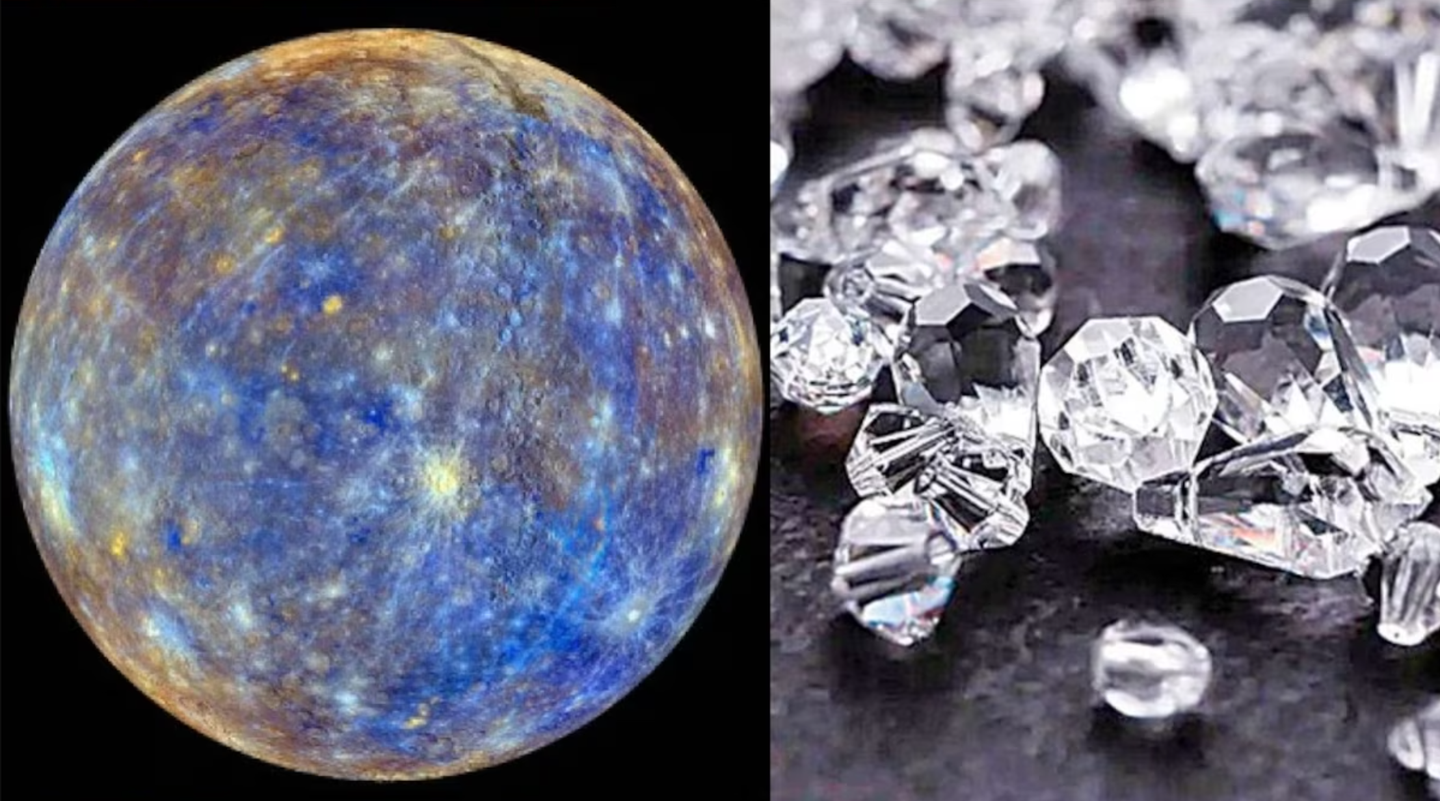Physicists discover what lies beyond a black hole’s event horizon
Gravity exists in three dimensions within a black hole’s geometry, whereas particle physics resides on its surface in two dimensions.

[Sept. 11, 2023: Staff Writer, The Brighter Side of News]
What’s inside a black hole? Enrico Rinaldi has used quantum computing and computer learning to describe what is believed to be the interior of a black hole. (CREDIT: Creative Commons)
What lies at the center of a black hole? A team of scientists led by Enrico Rinaldi, an American physicist at the University of Michigan, has utilized quantum computing and computer learning to decipher the mathematical description of the quantum state of the matrix model, shedding light on what may lie inside a black hole.
The study was based on the holographic principle, which postulates that the two fundamental theories of particles and gravity are equivalent to one another. However, the challenge lies in the fact that these ideas are constructed in different dimensions.
Two theories offer explanations for different dimensions, with only one distinction between them. Gravity exists in three dimensions within a black hole's geometry, whereas particle physics resides on its surface in two dimensions, similar to a flat disk.
A black hole's massive mass distorts space-time, creating its gravity that operates in three dimensions. This gravity links mathematically to the particles gyrating above the black hole in two dimensions. Therefore, while a black hole occupies three-dimensional space, it appears to observers as a projection of particles.
Related Stories
According to some scientists, our entire universe could be a holographic depiction of particles, which might provide a consistent quantum explanation of gravity. Enrico Rinaldi explains that in Einstein's General Relativity theory, there are no particles, only space-time, while in the Standard Model of particle physics, there are no gravitational forces, only particles. Bridging these two theories has been a persistent challenge in physics for decades.
A recent study by Rinaldi and his colleagues, published in the journal PRX Quantum, explores the use of quantum computing and deep learning to investigate holographic duality. Their research focuses on determining the lowest energy state of quantum matrix models, which are mathematical problems that can help probe the nature of this duality.
The use of quantum matrix models represents the particle theory. According to holographic duality, the mathematical events that occur in a system representing particle theory can also impact a system representing gravity. Thus, by solving a quantum matrix model, one could gain insights into gravity-related phenomena.
Rinaldi and his colleagues have utilized two matrix models, which are relatively uncomplicated to solve through conventional means but possess all of the attributes of more complex matrix models employed to describe black holes using holographic duality.
“We hope that by understanding the properties of this particle theory through the numerical experiments, we understand something about gravity,” adds Rinaldi. “Unfortunately it’s still not easy to solve the particle theories. And that’s where the computers can help us.”
In string theory, objects are represented by numerical matrix models, where one-dimensional strings correspond to particles in particle theory. The focus of researchers is to determine the specific arrangement of particles in the ground state, the lowest energy state of the system, by solving these matrix models. Unless something is added to the system that causes it to be perturbed, it remains unchanged in its natural state.
“It’s really important to understand what this ground state looks like, because then you can create things from it,” Rinaldi says. “So for a material, knowing the ground state is like knowing, for example, if it’s a conductor, or if it’s a super conductor, or if it’s really strong, or if it’s weak. But finding this ground state among all the possible states is quite a difficult task. That’s why we are using these numerical methods.”
According to Rinaldi, the numbers in matrix models can be thought of as grains of sand. When the sand is level, it corresponds to the ground state of the model. But if there are ripples in the sand, you need to find a way to smooth them out. To tackle this problem, the researchers resorted to quantum circuits. These circuits are depicted as wires, and each wire is associated with a qubit, a quantum information bit. Gates, which are quantum operations that dictate how information flows through the wires, are placed on top of the wires.
“You can read them as music, going from left to right,” the author adds. “If you read it as music, you’re basically transforming the qubits from the beginning into something new each step. But you don’t know which operations you should do as you go along, which notes to play. The shaking process will tweak all these gates to make them take the correct form such that at the end of the entire process, you reach the ground state. So you have all this music, and if you play it right, at the end, you have the ground state.”
Rinaldi and colleagues established the mathematical representation of the quantum state of their matrix model, which they referred to as the quantum wave function. Subsequently, they employed a unique neural network to determine the ground state of the matrix, which is the state with the lowest energy level. To achieve this, the neural network's parameters underwent an iterative optimization process, aimed at leveling all the grains in the bucket of sand, until the matrix's ground state was found.
The researchers were successful in determining the ground state of the two matrix models using both methods. However, the quantum circuits were constrained by the limited number of qubits available in current quantum hardware. With only a few dozen qubits at their disposal, increasing the complexity of the circuit would become prohibitively expensive, much like adding too many notes to a sheet of music would make it more difficult to play accurately.
“Other methods people typically use can find the energy of the ground state but not the entire structure of the wave function,” Rinaldi said. “We have shown how to get the full information about the ground state using these new emerging technologies, quantum computers and deep learning."
“Because these matrices are one possible representation for a special type of black hole, if we know how the matrices are arranged and what their properties are, we can know, for example, what a black hole looks like on the inside. What is on the event horizon for a black hole? Where does it come from? Answering these questions would be a step towards realizing a quantum theory of gravity.”
According to Rinaldi, the findings serve as a crucial milestone for forthcoming research on quantum and machine learning algorithms. These algorithms can be applied by scholars to investigate quantum gravity through the concept of holographic duality.
In the next phase, Rinaldi, together with Nori and Hanada, is examining how these algorithms' outcomes can expand to more extensive matrices and how immune they are to the influence of "noisy" effects, which can lead to inaccuracies.
Note: Materials provided above by The Brighter Side of News. Content may be edited for style and length.
Like these kind of feel good stories? Get the Brighter Side of News' newsletter.



